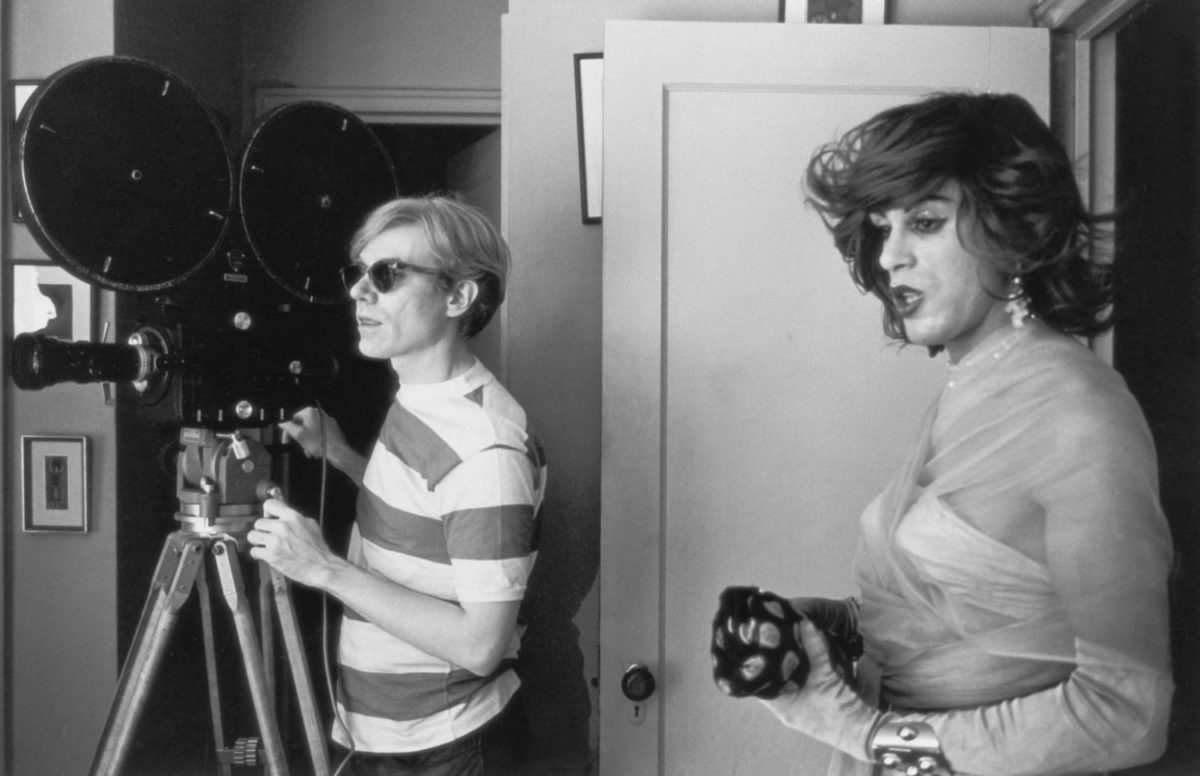Andy Warhol is most recognized perhaps for the fearlessness and eccentricity of his artwork, which, at the time, pushed the boundaries of what could be considered fine art. To those involved in the art world, Warhol is also acknowledged as a pioneer of screenprinting, a process, which allowed him to churn out a high volume of work, reflecting his fascination with the great machine of American commercial production that is so evident in his subject matter.
But it is often overlooked that as prolific as he was in the creation of his art, Warhol was also an unprecedented modern Renaissance man who established a new conception for what the artist’s place is in society. Doing away with some of the subtleties of conventional art production and exhibition, his four-decade career saw him progress from illustrator to painter, photographer to filmmaker, and band manager to magazine founder, all of which contribute to the multifaceted character who was so mysterious despite his extroverted industriousness.
Beginning his career as a commercial illustrator in the 1950’s for publications like Harper’s Bazaar and Glamour, Warhol’s move from commercial work to painting in 1961 was itself the beginning of his profession as a fine artist. The works created in this time period would become the most iconic of his life, and also mark the true birth of his fame that continues to grow today. Warhol’s launch into the public limelight and new celebrity status evolved his attitude. The celebrity expanded beyond just a social status and into part of his personality, his work, and his personal life.
Evidence enough of Warhol’s embrace of all things celebrity, is that he wielded not only the power to earn celebrity status, but also to grant it. In the 60’s he established “The Factory”, the multifaceted studio space where his famous “stars” were born, and a place where countless important characters of popular culture went to hang out. This is when Warhol began a genuine effort at filmmaking. Film was the perfect medium for him to examine the fabric of American celebrity and the culture of glamour as it was and still is shaped in Hollywood, creating an ongoing conversation between art and vanity.
During this period of abundance in his artistic output, Warhol also created a travelling multi-media performance art experience titled The Exploding Plastic Inevitable. In addition to exhibiting his film work, it featured music from The Velvet Underground in collaboration with German artist and model Nico, poetry from Factory regulars such as Gerard Malanga, and dance from Warhol superstar Edie Sedgwick along with others. This show played a significant part in carving a sub-culture into the bohemian life of New York, perpetuating Andy and his stars’ fame. Through the collaboration with his longtime friends such as Lou Reed from The Velvet Underground, Warhol added the title of Band Manager to his extensive list of professions.
Another very important venture of Warhol’s was his co-founding of Interview Magazine, a publication that is still in print today. Interview was an opportunity for Warhol to publicize his eagerness to learn more about his stars and many other people involved with the underground New York City culture in which he played such a crucial part. In the 1970’s it also served as a liberal platform for photographers to practice artistic freedom while getting their work published in a celebrated magazine.
Continuing his high output of work and constant curiosity of artistic boundaries until his death in 1987, Warhol remains an incredibly profound figure in art history, and it is important to note that this is due to far more than the iconic paintings and screenprints that made him a household name.


